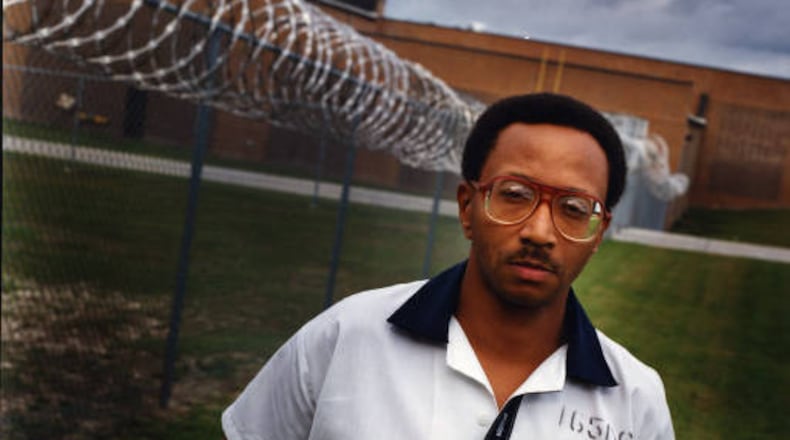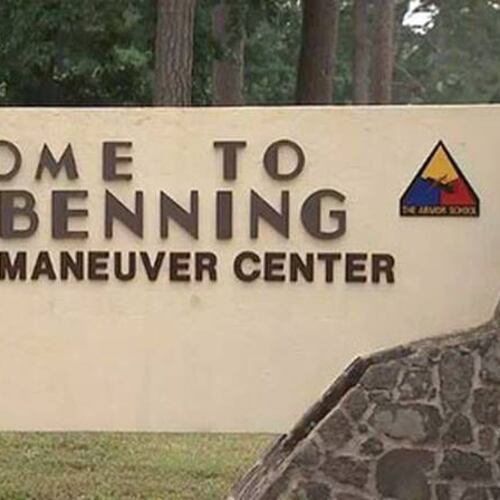(This chronology was originally published May 15, 2005)
Aug. 7, 1979: The bodies of Edward Hope Smith, 14, and Alfred Evans, 13, are found in a vacant lot on Niskey Lake Road. Edward had been missing seven days; Alfred for three. They are the first of 29 young blacks killed over a period of 22 months.
April 15, 1980: Camille Bell and the parents of the other missing and slain children suspect a connection in the murders and form the Committee to Stop Children's Murders.
July 17, 1980: After nine children have died, five Atlanta police investigators are assigned to a special task force to investigate the Missing and Murdered cases; the local force eventually includes over 50.
Aug. 22, 1980: With the slaying of Clifford Jones, 13, the seventh victim, police say they suspect a pattern and will conduct their investigation under the assumption that the murders are connected.
Nov. 6, 1980: Attorney General William French Smith orders the FBI to join the case.
Nov. 11, 1980: Atlanta Public Safety Commissioner Lee Brown announces that five of the nation's top homicide detectives will be brought in as consultants.
Jan. 30, 1981: President Reagan dispatches two Justice Department officials to the city to offer assistance.
Feb. 17, 1981: Authorities announce that fibrous materials found with the body of Patrick Baltazar, the 16th victim, will allow them to link his death with those of five other child killings.
March 5, 1981: The Reagan administration gives the city $979,000 to fund youth involvement programs and a 24-hour hotline for tips and counseling. Federal aid to Atlanta for the case now is $1.2 million for the year, not including manpower from the FBI and other agencies.
March 10, 1981: Frank Sinatra and Sammy Davis Jr. perform at the Atlanta Civic Center, raising $200,000 to help the city offset costs. City Hall is paying $150,000 a month in police overtime.
March 1981: From New York, the Guardian Angels send 12 members in red berets to patrol Atlanta. Various psychics, search dog teams and others converge on the city during the year, and local groups spend weekends searching for bodies.
April 13, 1981: FBI Director William Webster says the Atlanta police believe they have identified the killers of four of the now 23 slain children; however, evidence is not sufficient to file charges. Two more bodies are found later in the month.
April 22, 1981: Bob Campbell, a police stakeout recruit, hears a splash in the Chattahoochee River as Wayne Williams' station wagon passes overhead on the South Cobb Drive bridge; Williams is stopped and questioned. Two days later the body of Nathaniel Cater, 27, surfaces downstream, not far from where the body of Jimmy Ray Payne, 21, was found a month earlier.
June 7, 1981: The FBI says it has enough evidence to arrest Williams, but local authorities refuse to go beyond questioning Williams and searching his home.
June 21, 1981: After weeks of interrogation and surveillance, Williams is arrested and charged with the murder of Cater, the latest victim in the string of 28 killings.
July 17, 1981: Williams is indicted on two counts of murder by the Fulton County grand jury in the slayings of Cater and Payne.
Feb. 27, 1982: After 11 hours of jury deliberation, Williams is found guilty of murdering Nathaniel Cater and Jimmy Ray Payne and immediately sentenced to two consecutive life prison terms.
March 1, 1982: The Atlanta special police task force announces it will close 21 other cases (another would be closed later). All 22 were linked to Williams.
Feb. 10-12, 1985: "The Atlanta Child Murders, " a five-hour CBS miniseries starring Jason Robards and Rip Torn as defender and prosecutor, makes a case that Williams was railroaded. Calvin Levels portrays Williams. Fifty civic leaders preview the film; most criticize its loose treatment of facts. The film is viewed by nearly one-third of the national television audience.
Nov. 10, 1985: Attorneys for Williams file a request for a new trial, contending that their client was a "sacrifice" to racial harmony in Atlanta.
Jan. 8, 1988: State denies Williams' claims that prosecutors withheld evidence, ostensibly ending 12 years of appeals.
May 6, 2005: DeKalb County Police Chief Louis Graham reopens several of the Missing and Murdered cases.
Keep Reading
The Latest
Featured

